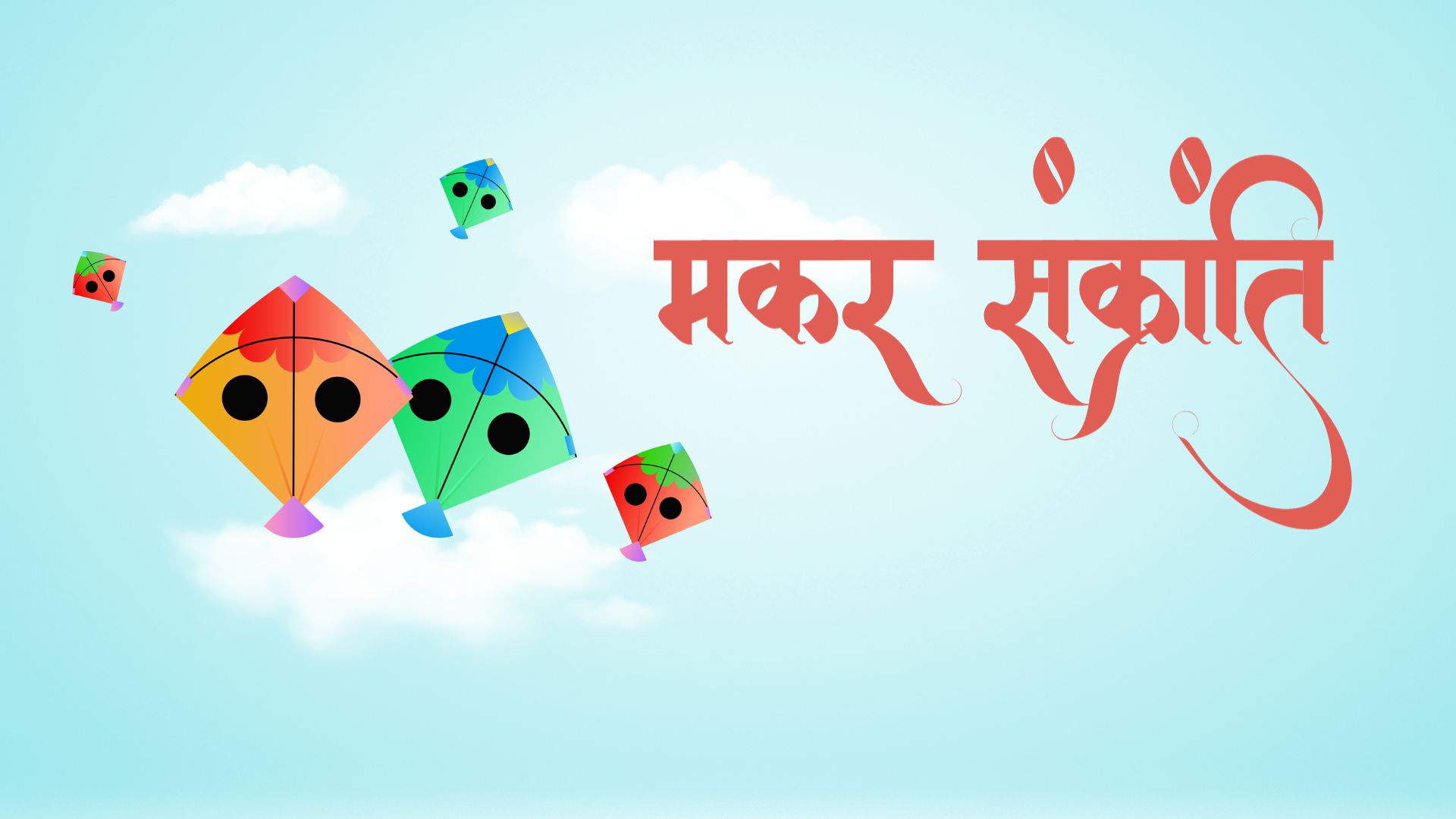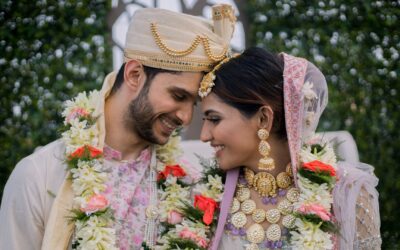Fancy a trip down the cultural rabbit hole of India? Buckle up, folks, as we’re about to dive into the vibrant and energetic world of Makar Sankranti.
Known by many names across the land like Pongal, Lohri, Uttarayan, or Maghi, this Hindu festival is as much a part of India as a cup of chai ☕️ is a part of its mornings.
It’s the country’s way of saying, “Winter, you’re fired. Longer days, you’re hired.”
Celebrated on 14th January each year, it’s like a birthday party for the Sun God 🌞 where the whole country comes together to throw a massive shindig!
North India
Up in the North, Makar Sankranti goes by the name Uttarayan, which sounds like a superhero, doesn’t it?
The skies are filled with ‘kaleidoscopic confetti’, aka kites of all shapes and sizes. It’s like a rainbow decided to have a party in the sky.
The festivities are amped up with a side of sweet dishes made from sesame seeds and jaggery.
Taking a dip in the holy Ganges river becomes the ‘North Indian spa treatment’.
If you thought Punjabis only knew how to dance ‘Bhangra’, you’re in for a surprise! Lohri is their way of turning up the heat during the winter chills.
Picture this: bonfires as high as a toddler’s dreams, people huddled and sharing stories, and popcorn and sweets flying around like a free-for-all food fight. Lohri is like a blockbuster Punjabi movie come to life – full of love, laughter, and a lot of singing and dancing.
While the fire crackles, people toss sesame seeds, jaggery, popcorn, and peanuts into it, attempting to feed the flames and keep the winter at bay. It’s a Punjabi-style barbecue party, but with a touch of magic and tradition.
Central India:
As we head towards central India, the festivities for Makar Sankranti take an artistic turn. In the state of Madhya Pradesh, the festival is celebrated as Sukarat, with the main highlight being beautifully decorated cows.
Embedded in the Hindu tradition is the belief that worshipping and taking care of cows brings prosperity and good luck. These decorated cows are paraded through the streets, adorned with colourful clothes and garlands. It’s like a fashion parade for our four-legged friends.
Along with the cows, people also fly kites and exchange sweets, just like in other parts of India. Sakrat is a unique blend of traditions, art, and spirituality that celebrates the essence of Makar Sankranti in its own special way.
West India
In the West, the festival is celebrated with the same gusto as a cricket match. It’s all about food, folks, and fun!
The star of the show is a dish called Undhiyu, a potpourri of vegetables cooked underground, because who needs conventional ovens, right?
Kites fill the sky, and the sweet til gul is passed around, symbolising saying sweet things as part of the New Year.
South India
In the South, Makar Sankranti is rebranded as Pongal, a four-day extravaganza that could give Coachella a run for its money.
The first day, Bhogi, is when people play ‘out with the old’.
Day two, Thai Pongal, sees everyone getting their sweet tooth on with a dish called Pongal.
Day three is Mattu Pongal, where cows get the VIP treatment, and day four, Kaanum Pongal, is for catching up with friends and family, just like Sunday brunch.
Eastern India
In the East, Makar Sankranti is celebrated under a couple of aliases – Magh Bihu in Assam and Poush Parbon in West Bengal.
In Assam, the foodie in you would have a field day with the delicious rice and fish dishes. Folks in West Bengal pray to the Sun God, take dips in the Ganges river and enjoy traditional Bengali delicacies like khichdi, pithe and payesh. They say it’s a refreshing way to start the New Year – who needs chá ☕️ when you have the Ganges, eh?
To quote the great Indian poet, Rabindranath Tagore,
“The butterfly counts not months but moments, and has time enough.”
Makar Sankranti is one such moment, celebrated throughout India, embodying unity and harmony amidst a diverse cultural landscape. It highlights the country’s rich heritage, like an artist’s palette of endless colours.
Just like the kites soaring high during the festival, it symbolises high spirits, optimism, and the joy of new beginnings.
And as the saying goes,
“The kite of life can fly only when it’s free and unencumbered,”
Makar Sankranti is a celebration of that freedom and the spirit of joyous beginnings
Subscribe




